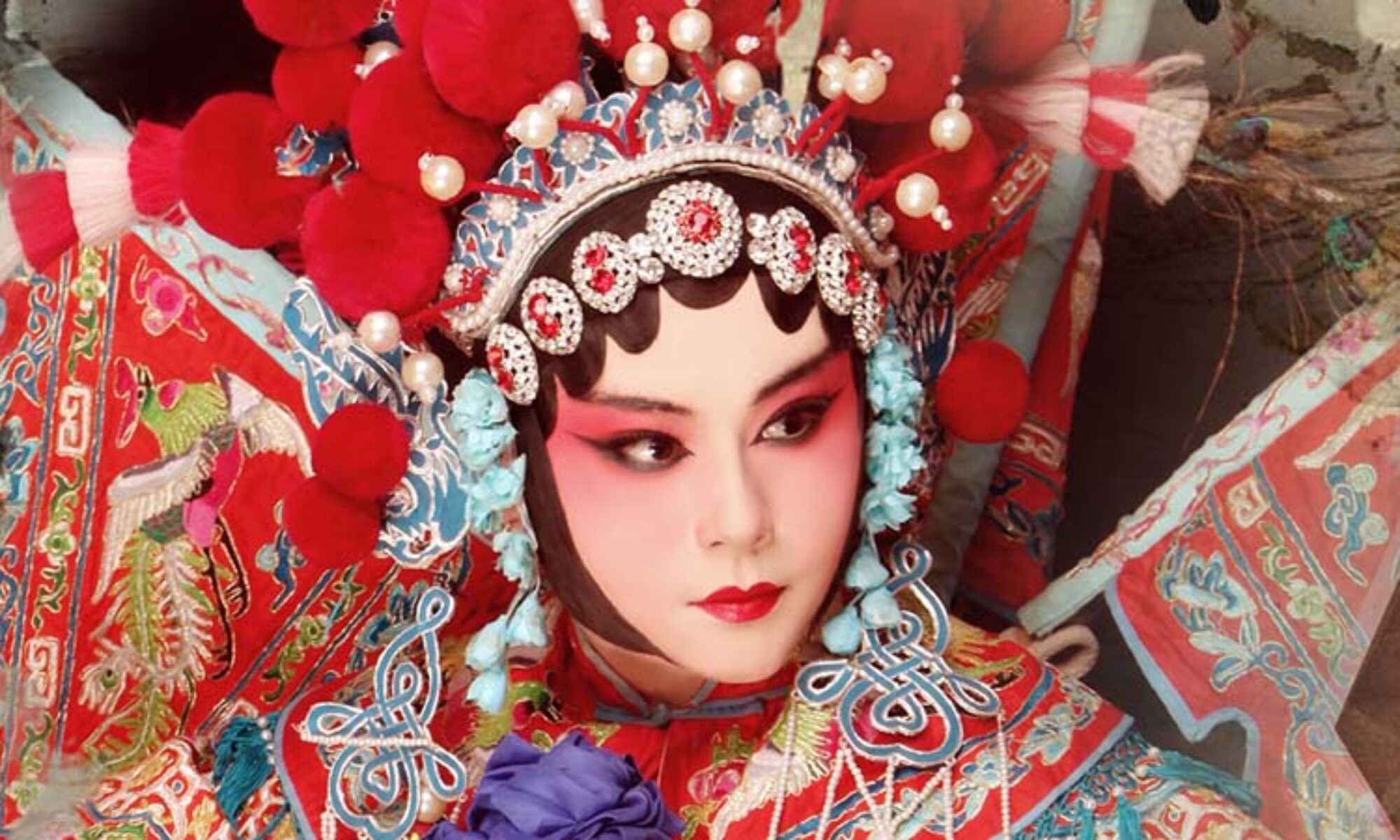
Waist Drum Dance: The Mesmerizing Fusion of Rhythm and Dance
West drum dance is a fascinating performance art that combines rhythmic drumming with graceful dance. It is a unique style in which a large drum is wrapped around the waist and skillfully struck while making complex movements. With its dynamic and rhythmic essence, the hip drum dance has long held cultural significance and continues to captivate audiences around the world.
The origin of waist drum dance goes back to ancient Chinese culture. It has been an integral part of traditional festivals and ceremonies for centuries. It was originally used to celebrate the harvest, wish good luck, and ward off evil spirits. Over time, dance has evolved into a form of entertainment that showcases the talents and skills of performers.
The centerpiece of the waist drum dance is the bass drum, which is tightly wrapped around the performer’s waist. Drums are beaten with drumsticks or with bare hands, and their resonant sounds reverberate throughout the performance space. Performers manipulate the drums using a wide range of techniques, including fast drumming, drum rolls, and accented beats. Precise controls and rhythmic variations bring the dance to life and create an immersive listening experience.
West drum dance is characterized by a fusion of rhythmic drumming and fluid, expressive movements. Performers synchronize their steps, turns and gestures to the beat of drums to create a visually stunning spectacle. The choreography often incorporates elements of martial arts, folk dance, and acrobatics, demonstrating the agility and skill of the dancers. The dynamic nature of the dance makes it very energetic, mesmerizing and captivating the audience. The waist drum dance has deep symbolism and cultural significance. It represents harmony between humans and nature, and a celebration of the richness of life. The rhythmic beat symbolizes the cyclical nature of the universe, and the movements of the dancers embody the grace and strength of the human spirit. It is also considered a type of prayer asking for blessings of prosperity, health and happiness.
The hip drum dance has its roots in ancient traditions, but has not stagnated over time. The contemporary arrangement adds a contemporary element to the dance and incorporates innovative choreography and musical arrangements. These adaptations helped introduce the hip drum dance to a wide audience in China and abroad. Today, it is not uncommon to see captivating performances of this unique art form at cultural events, festivals and theaters around the world.
Efforts are being made to preserve and promote the waist drum dance as an integral part of Chinese cultural heritage. Schools, academies, and cultural organizations offer training programs to teach up-and-coming artists how to dance. Through these efforts, traditional art forms are passed on to future generations, ensuring their longevity and cultural relevance.
The hip drum dance is a captivating fusion of rhythmic drumming and graceful dance movements. Its dynamic nature, combined with the rich cultural symbolism it embodies, makes for an immersive experience for performers and audience alike. This unique art form continues to evolve and adapt, but remains a testament to the enduring beauty and importance of traditional Chinese performing arts.
